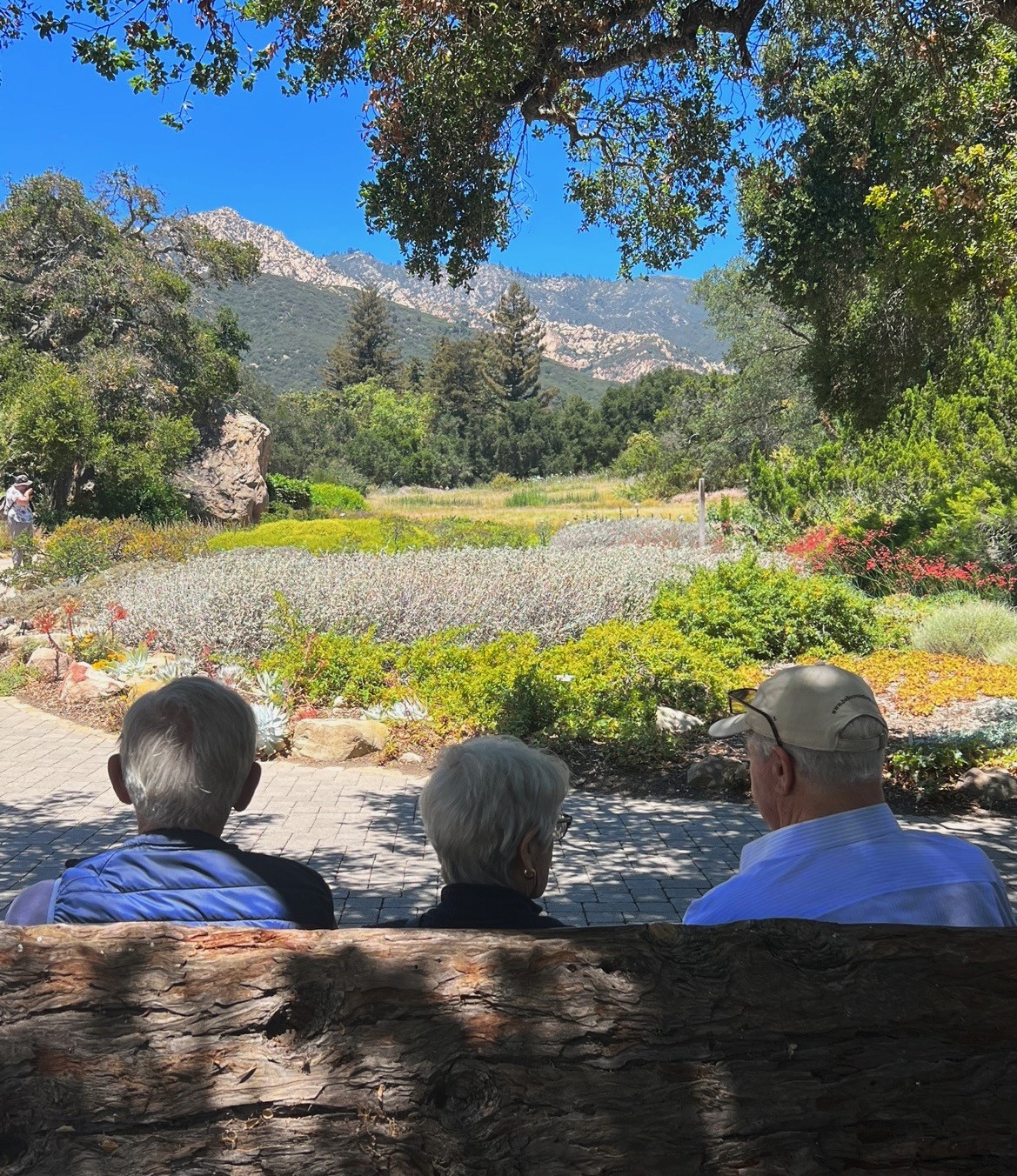
4 minute read
Letter From the Editor
One of my favorite quotes by Ralph Waldo Emerson is, “A creation of a thousand forests is in one acorn.” Every time I walk through Santa Barbara Botanic Garden, this thought lingers in my mind, reminding me of the immense potential packed into something as small as a seed. It’s astonishing to think that within each of these tiny vessels lies the possibility of entire landscapes — whole ecosystems waiting to unfold. It occurred to me that this idea is not just philosophical; it’s the driving force behind much of what we do here at the Garden. Because without seed, none of it is possible.
Seeds are something we engage with on a daily basis at the Garden. We think about seeds. We work with seeds. Our team is intimately familiar with the transformative potential of seeds! So, in this issue of Ironwood, we wanted to share our love and knowledge of these tiny wonders. Take Heather Schneider, Ph.D., and her team, who collect seed from deserts to mountain ranges to protect some of our rarest plants from extinction. Their work, beautifully captured in “Working in Service of Plants: Protecting California’s Rare Flora,” highlights their dedication to ensuring the survival of plant species found nowhere else in the world.
Our conservation work is about both the present and how we can shape the future. Keith Nevison highlights in “The Need for Seed: Navigating California’s Native Seed Supply Chain” the growing demand for native seed as climate change threatens plants and habitats. The recently launched California Native Seed Strategy, with input from our conservation director, Denise Knapp, Ph.D., is a big step forward in ensuring the seeds we need are available to safeguard our future.
Protecting and conserving the natural world, however, is not just about science — it’s also about fostering a connection. Kevin Spracher explores this in “Seeds of Wonder,” reminding us that curiosity is at the heart of conservation. Through exhibitions at the Pritzlaff Conservation Center, we blend art and science to inspire that sense of curiosity in our visitors, inviting them to see native plants not just as part of the landscape but as living stories of resilience and beauty.
And that sense of wonder extends to even the smallest creatures. In his quirky and insightful article, “Ants! At the Disc Golf Course,” Zach Phillips, Ph.D., uncovers the surprising role harvester ants (Pogonomyrmex spp.) play in seed dispersal. It’s a reminder that in nature, even the tiniest interactions have far-reaching consequences.
Throughout this issue, we also highlight the hands-on work of our horticulture team, such as in Christina Varnava’s “The Call of the Wild Walnut,” where we follow the team into the canopy to collect seeds from the Southern California black walnut (Juglans californica), a keystone species for restoring ecosystems. And in “Seed for Yourself,” Holly Huff shares practical advice for growing native plants at home, offering everyone a chance to be part of this movement.
As you read, I hope you’ll reflect on the power of small things. Just like that acorn holding the promise of a thousand forests, every native seed we plant is a step toward creating vibrant landscapes that will sustain all life on Earth — including each of us! And these articles are just the beginning. Join us at the 12th annual Santa Barbara Botanic Garden Conservation Symposium on February 8, 2025, as we continue to explore how seeds of change can foster conservation and resilience in our community and beyond.
Thank you for joining us on this journey and for your continued support of the Garden. Together, we’re growing something extraordinary — one native seed at a time — ensuring biodiversity not only survives but thrives for generations to come.
Let’s keep growing together.

Editor, Ironwood
Gerry Rubin Director of Marketing and Communications
On this season's cover: Endemic to the coastal interior mountains and valleys of California, the seeds of forked fiddleneck (Amsinkcia furcata) come to life under the microscope, showing off their speckled features, which make for perfect camouflage in the loose shale soils where this plant grows. (Photo: Rare Plant Team)










